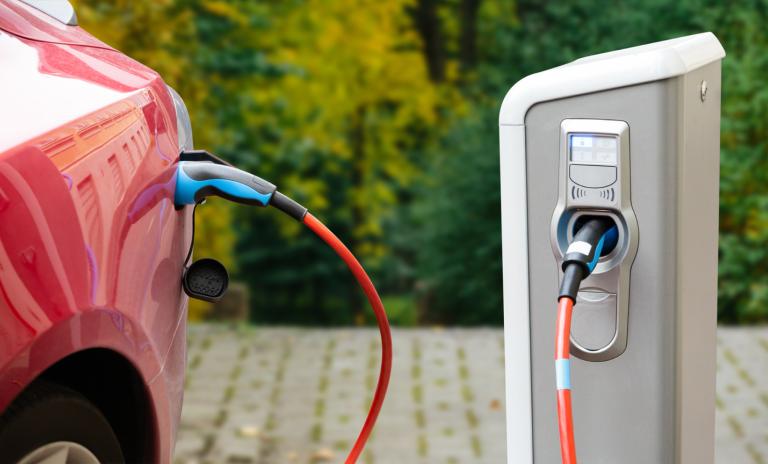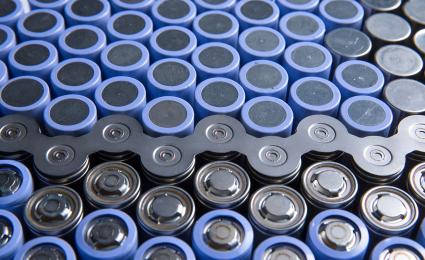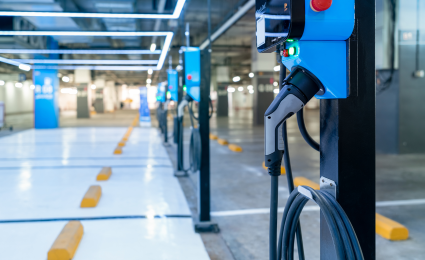Battery Monitor 2022: Battery production and Product performance
A series of articles on the Battery Monitor 2022 report, a step-by-step assessment of the lithium-ion battery value chain. Part three: Battery Production and Product performance.


By Wolfgang Bernhart, Isaac Chan and Tim Hotz
The global battery market is motoring along at full power thanks to the recent boom in electric vehicles . But as public concerns about sustainability rise and governments around the world move to lessen the environmental impact of industrial products such as batteries, change is in the air. In this installment of our ‘Electrification in the Age of Deglobalization' series, we unpack the EU’s new battery regulation and assess its impact on industry players.

"The new regulation requirements will have implications for nearly every player in the battery value chain, from stricter sustainability criteria for miners and refiners to mandatory recovery rates for recyclers."
Nowhere is this more acute than in the European Union. Under a new regulation adopted by the European Parliament and Council, batteries sold within the bloc will have to meet strict environmental, social and governance (ESG) sustainability criteria. The new regulation will replace the current batteries directive of 2006 and covers every stage of the battery value chain, from sourcing materials to recycling, with a particular focus on cleaning up the production process. It will apply to every company selling batteries or end-products containing batteries within the EU.
The EU Parliament adopted the new rules for batteries sold in the EU in June 2023 with a large majority of 587 votes in favor, nine against and 20 abstentions. The Council formally endorsed the text on July 10, 2023, and completed the adoption procedure. The regulation entered into force on August 17, 2023, and will apply 6 month later from February 18, 2024. It is important that players act now to ensure successful implementation and to exploit the opportunities the new rules present.
So, what can industry players expect from the new law? And how will it affect them?
In this article we look at the key requirements in the new legislation, from minimum recycling contents to due diligence, and assess their implications for each type of battery player (miners, cell manufacturers, OEMs, etc.).
Download the full article PDF - and register for our Electrification in the Age of Deglobalization article series. Access more key insights and stay up to date on the latest new developments and challenges facing an increasingly decarbonized and electrified global automotive industry.

A series of articles on the Battery Monitor 2022 report, a step-by-step assessment of the lithium-ion battery value chain. Part three: Battery Production and Product performance.

To support and sustain the rapid adoption of EV, charging infrastructure must be developed

We support automobile and commercial vehicle manufacturers as well as supplier companies from the automotive industry along the entire value chain.